The New Orvis Waterproof Sling: Review
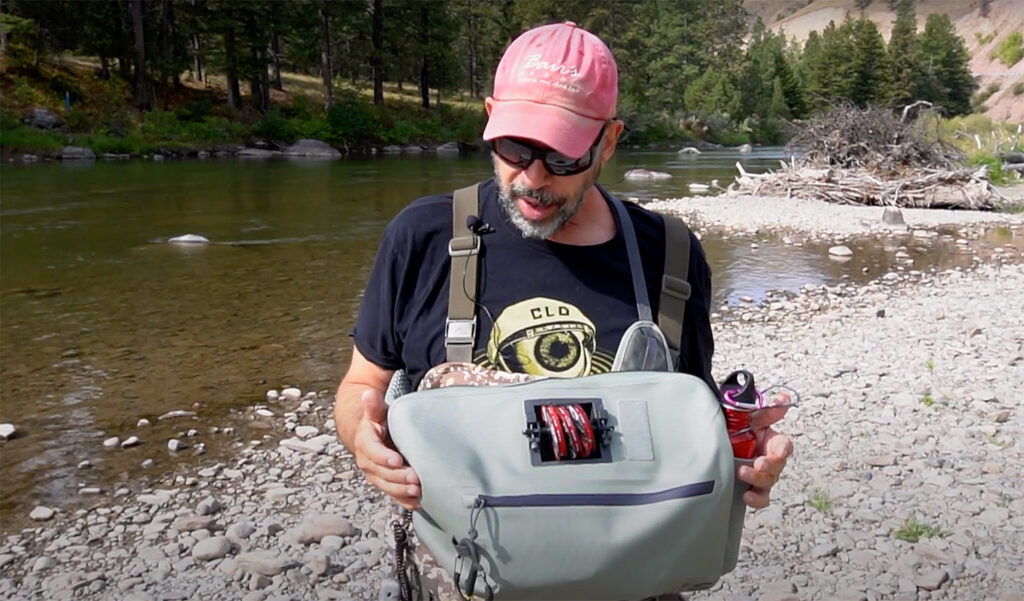
It’s been a while since I’ve felt motivated to change fishing packs. I have plenty of opportunities to try out, and use, new fishing packs. To be honest, I’m not usually that interested. I like the pack I’ve been using for years and changing is a headache so I’d have to have a good reason. Newer is not necessarily better and familiar is often best. I hadn’t had my hands on the new Orvis Waterproof Sling Pack before I was moving all of my gear over from my old pack. It was clear that this wasn’t a special use pack, but one I wanted with me on the water every day. I’ve been fishing out of it for several months now and I couldn’t be happier. Check out this video for the details and features of the new Orvis Waterproof Sling Pack.
Read More »Being There

I’VE BEEN ASKED A HUNDRED TIMES HOW I TOOK THIS PHOTO. THE ANSWER IS REALLY SIMPLE.
I took several years. I had this idea in my head for a long time. I wanted to show the pure mayhem of a jumping tarpon. I wanted tell the whole story. The power, the speed, the violence of it, but also the story of a great guide and angler working together. There’s only one way to show all of that. You have to observe the scene from a nearly impossible angle.
It was obvious that I would need two boats. That’s not the tricky part. I also needed two guides. Two guides who know each other very well. Who can predict each other’s actions. Guides who could consistently put me on big tarpon. Most importantly, I needed guides who could put their egos aside. Not get worked up about who was in the photo or who got the fish, and most of all, two guides who didn’t mind taking each other to their precious tarpon banks.
Those two guides are Bruce Chard, who you see in the photo, and Joel Dickey who is masterfully putting me where I need to be to get the shot. If there are heroes in this story, it’s them. I was simply in the right place at the right time. It was their hard work that put me there.
Of course I can’t forget Kent Klewein and the absolutely perfect performance he showed on the bow. Fighting a tarpon like this one, nearly 150 pounds, is no walk in the park. The authority Kent showed in managing that fish and soliciting jumps from her was super human. Getting the right people on your team always makes you look good.
So there we are. I’m laying on the bow with the camera. Bruce is yelling, “She’s going right, now left. She’s coming up. Get ready!” Joel is goosing the boat forward then back, turning hard to one side then the other. I’m glad I was laying down. When the big fish came up, 1/4000 sec shutter speed and an index finger were all I needed.
It sounds like we just ran out there and took the shot but it wasn’t that simple. It took a couple of years of driving to the keys, arranging two boat trips and putting down the rod to pick up the camera when the fishing got hot. There were some epic failures.
Like the time when I made a cast just as the angler on the other boat hooked up. I stuck the rod between my legs and picked up the camera, which was around my neck. I got one frame off before, you guessed it, a tarpon ate my fly, still floating in the water. I almost lost my eleven weight.
The story of what happened to the photo next still amazes me.
Read More »Choosing a line for your switch rod Part 3 the RIO Switch and Skagit Short reviewed.
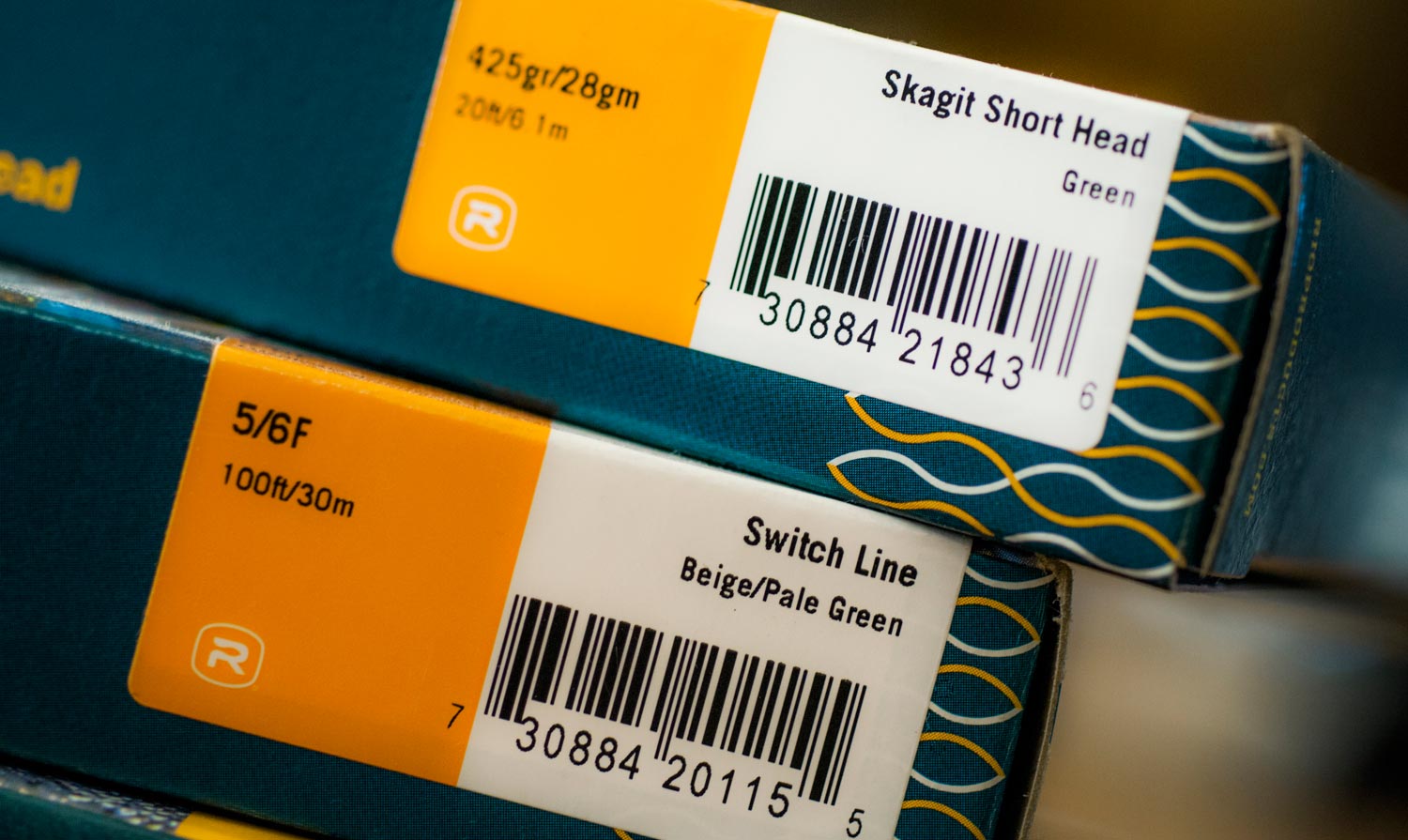
On a couple of steelhead trips last year I wound up fishing with borrowed rods. They were switch rods, a Winston and a Ross, and I had the chance to fish them for both summer and winter steelhead. I really liked the feel of these short Spey rods and decided that I needed one. I have no use for my long Spey rods when fishing at home in the southeast and I liked the idea of a two hander I could use for trout here at home.
I chose the Scott L2h 1106/4, an 11 foot 6 wt. It’s a great rod and I’ve been very happy with it. It’s light and well balanced with plenty of power and a nice feel. The rod really talks to you when you cast it, so you know when it’s loaded.
I chose to set it up with 2 reels. A Nautilus FW7 which I loaded with the Rio Switch line in a 5/6 wt and a Bauer CFX-5 Spey that I set up with Rio slick shooter and a 425 grain Skagit Short head, also from Rio. This set up gives me the flexibility of
Read More »You Are Not Ready for Bonefish
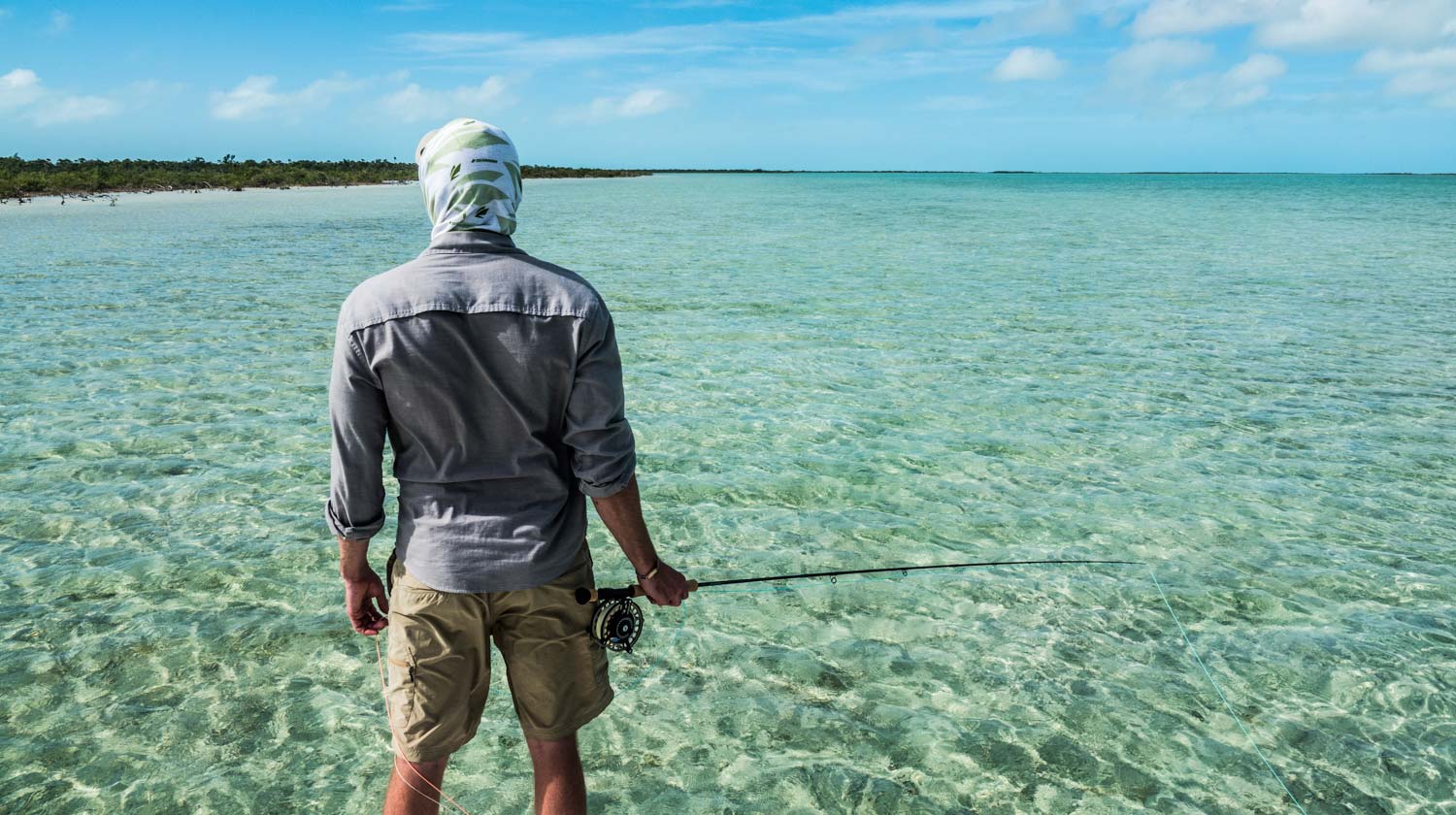
By Jason Tucker
“Jason, give me a cast, tight to the mangroves, forty feet.”
This from my guide, Harlon, who is working his ass off poling the skiff in a howling wind and stiff current while I stand on the bow staring holes into the water.
“Three o’clock, you’re behind him, cast again.” This is said with an odd mixture of Bahamian urgency and diffidence. What this means for me is a forty foot cast almost directly into a hard wind with the mangroves only providing moderate relief. Harlon shakes his head and returns to scanning the water and poling while I strip my line in and get back in the ready position. It has been a frustrating week and day for me.
Bonefish are easy to catch if you can get a fly in front of them without spooking them. And there’s the rub. You have a window as big as maybe six feet to get it in front of them, but if you hit too close they’ll spook. If you cast over them or they see your line they’ll spook. If you can’t make your cast in the wind they won’t see it. And they almost universally spook at anything that hits the water behind them. Also, in the gray and rainy conditions we had, they are extra spooky.
I have never tried to portray myself as an expert in any aspect of fly fishing. I am an enthusiast who fishes a lot and catches some fish as a result. But after awhile you like to think that you have some journeyman skills. I have spent long days casting a twelve-weight rod for muskies, entire summers spent fishing at night for brown trout, and cast my heart out on the Lake Michigan flats in the Straits of Mackinac for carp in thirty mile an hour winds. None of these are as challenging as my experience bonefishing.
Let me say right now, that if you have already gone after bonefish, you know what I’m talking about. If you haven’t, I’m writing this to help you prepare, but you must prepare.
Read More »Why I Always Carry a Backup Gear Box
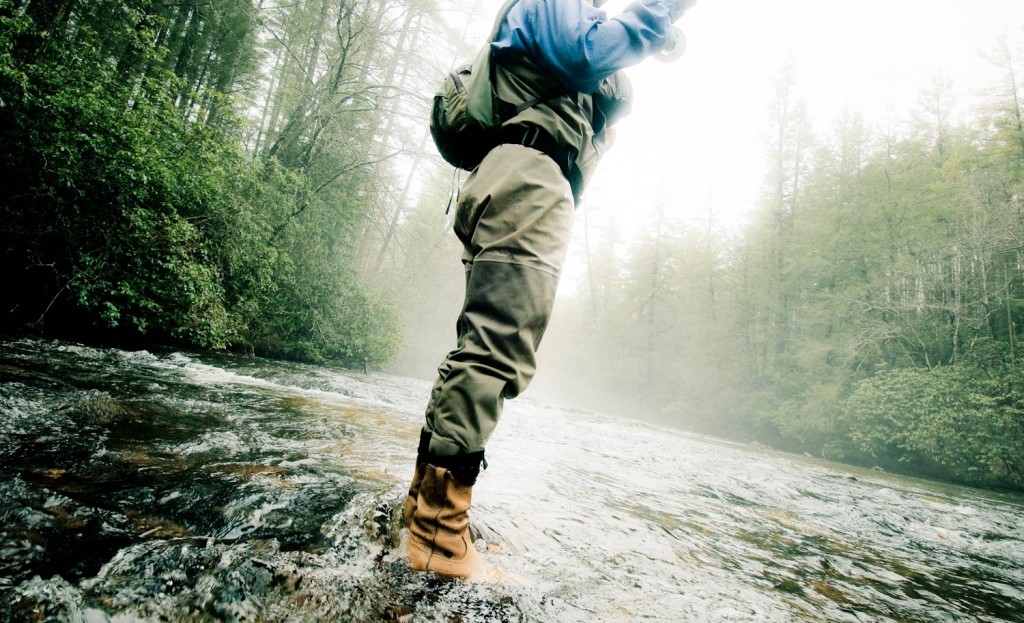
HAVE YOU EVER MADE IT TO THE RIVER AFTER A TWO HOUR DRIVE AND REALIZED WHEN YOU GOT THERE, YOU HAD FORGOT TO PACK ONE OF YOUR CRUCIAL PIECES OF FISHING GEAR?
I’ll be the first to admit I’ve been that unfortunate angler plenty of times, and it can ruin a day of fishing. A few years back I was forced to spend a day on Depuy’s Creek in MT wading around in a pair of my Justin cowboy boots. It was really ironic because I spent the morning packing all the gear for my virgin fly fishing buddies, and I was the one that ended up leaving my damn wading boots on the front porch. Those Justin boots were surprisingly comfortable wading in but they had zero traction, and I looked like a moron. I’ve never forgot my wading boots on a fishing trip since.
Backup Fly Fishing Gear Box. Photo By: Louis Cahill
These days I always try to keep a box of backup gear in my vehicle at all times when there’s room. This way I’m covered if a piece of gear slips my mind during my packing or if I have gear break down on me on the water. Don’t get carried away with the backup gear box, just pack the essentials. I”m talking about focusing on the gear that will cause you to shout multiple four letter obscenities when you find yourself without them. Below is a short list of gear I carry with me at all times.
CONTENTS OF MY BACK GEAR BOX
Read More »3 Ways to Make Your Wiggle Minnow Fish Better
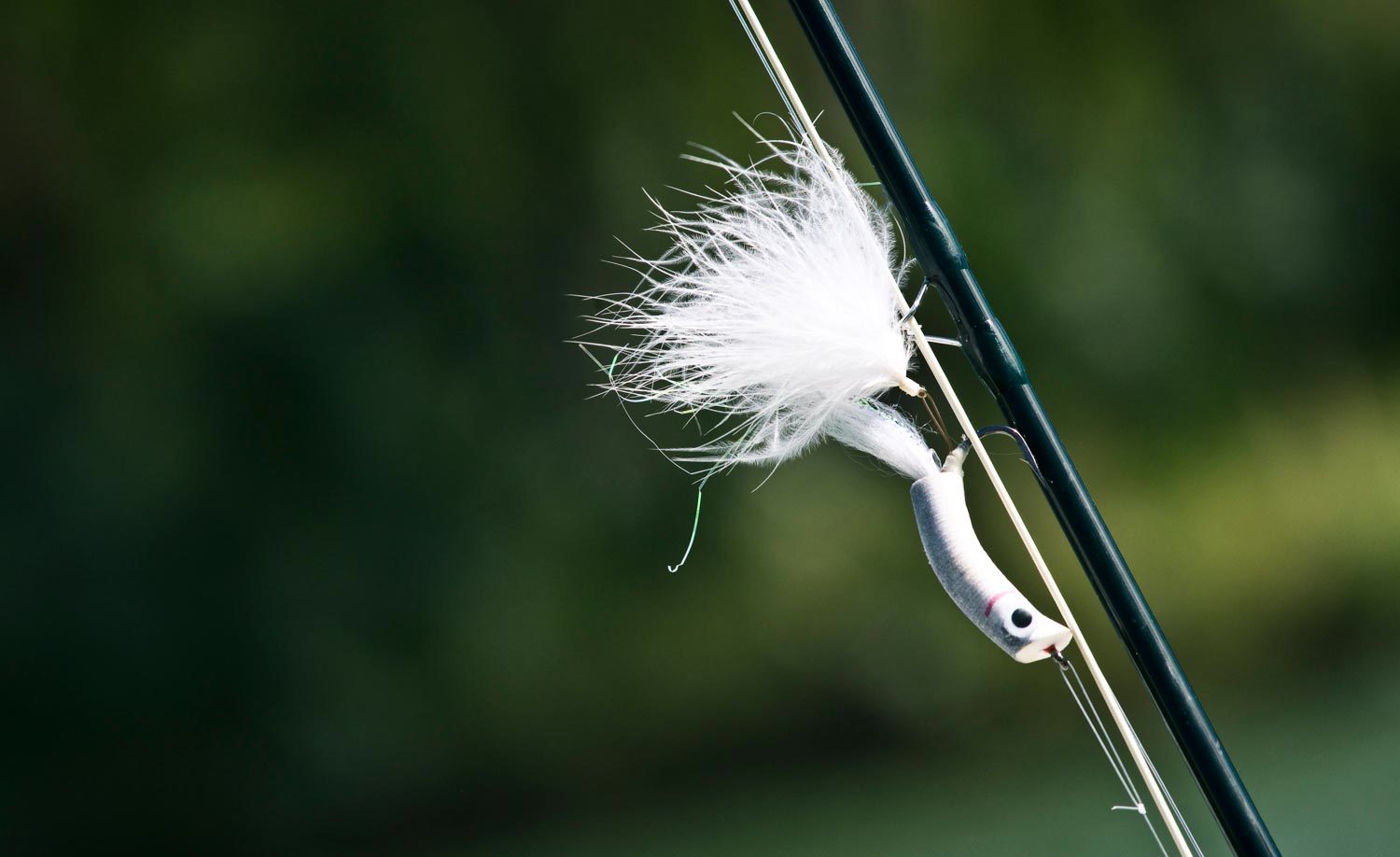
The foam wiggle minnow has been a mainstay streamer for me for trout and other predatory game fish for several years now.
When you combine its realistic swimming action and the significant water it pushes during the retrieve, its one of the best streamers I know of for calling in fish from great distances to eat. Plain and simple, the wiggle minnow will catch fish just about anywhere you visit in both fresh or salt, regardless of the water conditions you may find yourself fly fishing. Furthermore, it also fishes well on all types of fly lines (floating, intermediate, sinking) and on a wide range of rod weights. This can prove to be very valuable if you find yourself on the water with limited gear options. The last few years, I’ve been experimenting with modifications to my wiggle minnows in the effort to improve their fishability.
Read More »3 Tips for Fishing High and Dirty Water for Trout
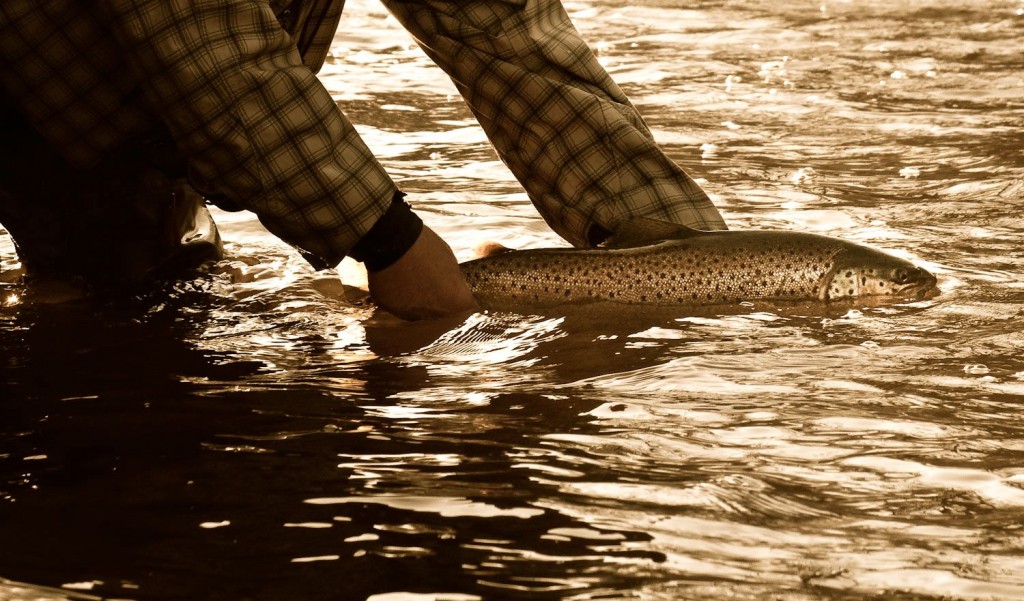
Have you ever pulled up to a stream after a heavy rain, ready to fish, but canceled your fishing plans because the water looked too high and dirty?
I’ll be the first to admit there are times when this is the case, but very often anglers scratch their fishing plans when they should instead, have Fished-ON. The fact is, trout can see a whole lot better than we think, and if you fish the right kinds of fly patterns, and target the right water, in many cases you can do pretty darn good fishing in these water conditions. Even better, your odds at catching a trophy fish are increased, because the dingy water will both mask your approach and keep big educated trout from being able to scrutinize your fly patterns. So go ahead, call those anglers you despise and tell them the waters blown out, and you’ll have a good chance of having the water to yourself and wailing on fish all day long.
Tip 1. Target the Right Kinds of Water
So you’ve decided to take my advice and fish on, good for you. The first thing you need to do when fishing high and dirty water is target high percentage water. I search out the slower moving seams close to the banks, long stretches of fast shallow water that are followed by buckets or deep water where the fish will stack up, and eddies behind boulders or lay downs. These are all safe havens that trout search out refuge in during high water. They all allow trout to save energy by staying out of the excessive current, while capitalizing on the large influx of food sources drifting. Increased flows and rising water increases the amount of food available for trout. Many aquatic insects get flushed off the bottom of the stream, while others emerge from the freshly submerged stream banks. Examples of this are big stoneflies that are normally found hiding away in clumps of debris and under rocks, and cranefly larva that get washed in from the high water flowing along the banks.
Tip 2. Choose Larger and Brighter Fly Patterns
The second thing an angler needs to do to increase their success rate while fishing high and dirty water is choose the right kinds of fly patterns to fish. This is the one time when I feel I don’t have to carry my entire arsenal of gear. I’ll gladly leave my fly boxes with all my tiny fly patterns and light tippet spools at the vehicle. I’ll rig up a 9′-12′ 3x-4x fluorocarbon leader and carry only my fly boxes with
Double Streamer Rigs Catch Trout
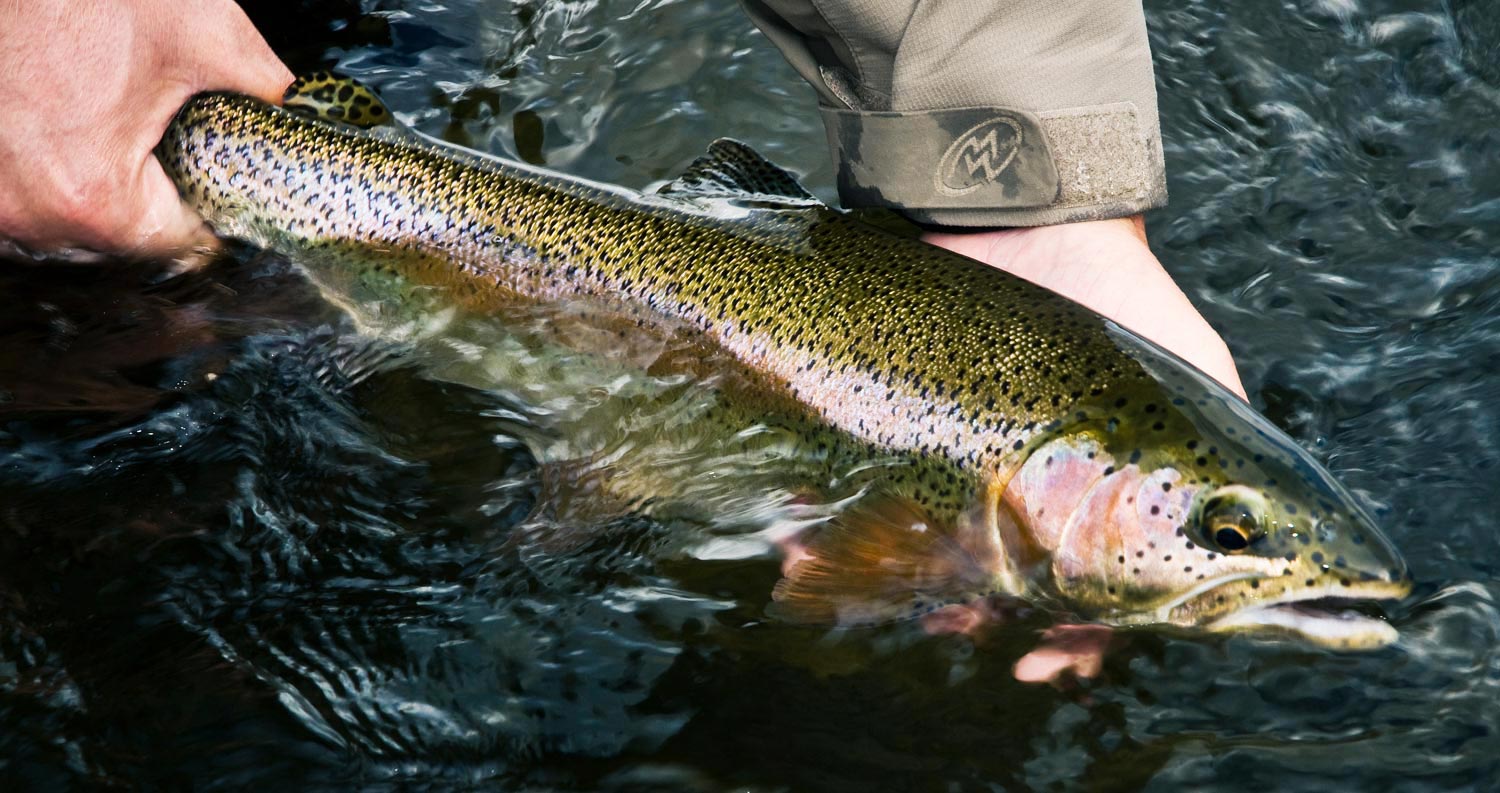
By Justin Pickett
WE ALL HAVE TO DEAL WITH REJECTION, BUT NOT FROM A FISH.
Undoubtedly, there have been numerous occasions where you’ve been stripping streamers and had that big brown trout emerge from the bank, only to give your streamer a curious look and then give you the fin. This scenario is exciting, but in the end all you have is an empty net. So what can you do about it? Throw a little extra meat into the equation!
Now, I’m not talking about tying on two huge articulated streamers. That would be insane and something that I would never do!…. OK maybe I did it once…
Next time you’re out throwing big, meaty streamers and you’re getting refusals, try tying a smaller streamer, or even a nymph, off of the back of your rig. It’s like a little snack. That big streamer might have been enough to move that pig from his lie, but sometimes it’s the trailing fly that makes him eat. Try a woolly bugger, a muddler minnow, or a stonefly nymph. Heck, you might even try
Read More »A Day At Horse Creek Ranch
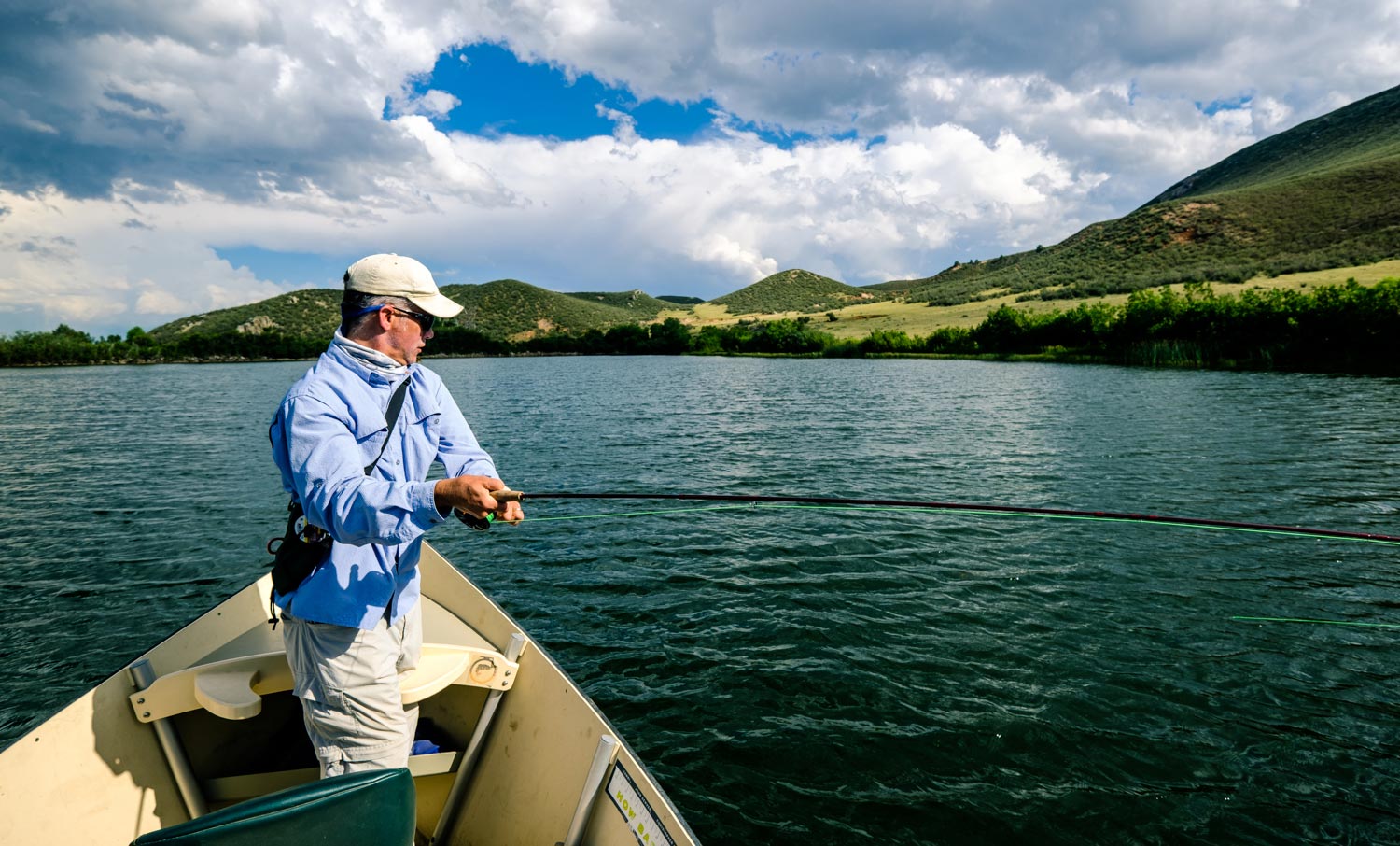
I DIDN’T KNOW EXACTLY WHAT TO EXPECT.
I’ve pulled out of Denver plenty of mornings before sunup. Sipped my coffee as the band of shining blue fog rose in the east and the front range blushed pink to the west. I’ve found my boots in plenty of Wyoming water on days like that but Cheyenne never been more than a pitstop. A windswept dusty place I’d stop for gas or to refill my cup, but never to fish.
I know there’s plenty of good fishing to be had in the area. I have a list of invitations as long as my arm and I’d love to answer every one of them, but when Bob Reece called and invited me for a day at Horse Creek Ranch, I couldn’t say no. Even if it was Frontier Days and there wasn’t a bed to be found.
I’ll be honest, my expectations were tempered. To the eye of a southerner, the Cheyenne landscape can leave you aching for a tree. I know I’ll hurt someone’s feelings but I’ve never thought of it as a scenic place. It’s also been quite some time since I got excited about private water. I don’t think there’s anything wrong with it and I’ve had good experiences and bad, but the shine wore off a while ago. However, Bob is as fishy a guy as you’ll ever find and if he says its worth a look, I’m in.
It didn’t take but about ten minutes’ ride from Bob’s house to see how foolish I’d been to judge the place. The landscape was beautiful and when we got to the ranch I found my tree. The largest living cottonwood in Wyoming, in fact. I’d have made the drive just to see that. I shook the hand of a fellow named Lawrence, who’s mustache hung a full six inches below his chin and watched a herd of two-hundred wild horses move along a ridge. Wyoming never disappoints me.
Horse Creak Ranch has a handful of streams but the real attraction is its seventeen lakes. With only three anglers per day allowed on the 60,000 acre property, you feel like you’re fishing virgin water. Not a sign that anyone has been there before you. That’s a good start on a great day. Bob rowed the drift boat over patches of aquatic grass, rich with insect life, and it wasn’t long before the action started.
Read More »So You Want To Be An Alaska Guide?
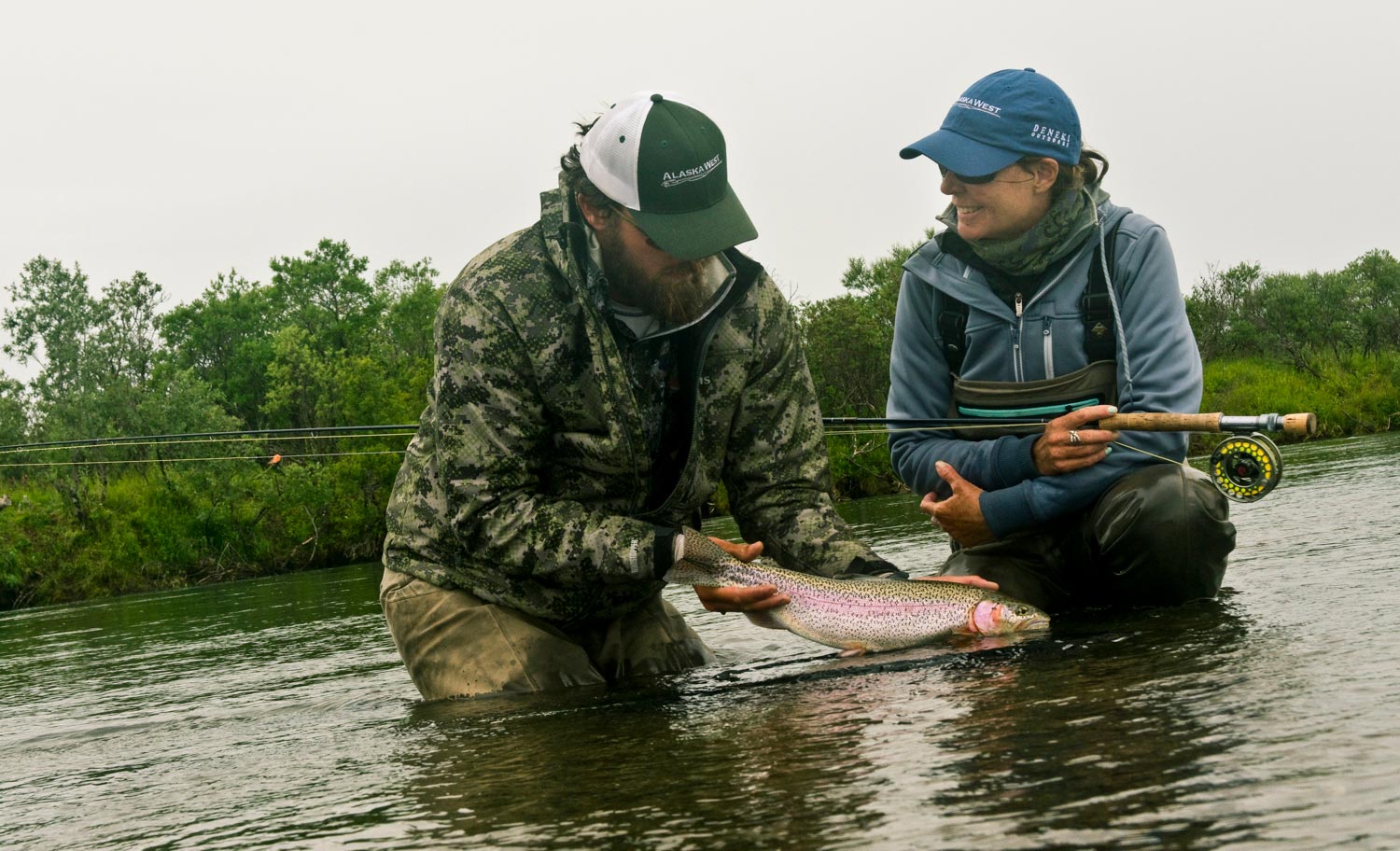
By Whitney Gould
The plane, which brought me to Western Alaska is gone.
I’m standing on a remote, empty tarmac. The sky is a herring-gull gray, the air crisp and clean. I am surrounded by tundra. The only visible object is a square box painted white, the airport. People come, pick up passengers and supplies, and disappear as suddenly as they arrived. This is my dream job. I’m an Alaskan guide and I am losing any shred of confidence.
Weeks prior, I had emailed Ed the head guide, asking him what skills I would need to get through the season.
“It’s long hours day after day,” he wrote. “It can become grueling, I won’t lie about that, but it also offers many opportunities for the ‘best of times’… The main thing we look for up there is dependability, a stable personality, and the ability to get along with others while working in a confined social environment for a long period of time.”
Standing there, I thought, maybe I have two of these qualities, but if no one comes to get me, I now have paper to start a fire. Eventually I am picked up.
Nothing in Alaska is wasted. Trips to the airport or town are condensed, combined with supply runs and trips, to the post office and dump. This day is no different. Tyler, the camp hand, drives us eight miles up river to deliver me and supplies to camp. My arrival is no different than that of the guide I am replacing, or the guides who will replace me in five years.
Rick, the camp manager, greets me. After introducing himself, he gives me a tour and tells me to be ready after lunch to gravel the walkways.
Graveling is no easy task. It’s tedious and exhausting. Early season brings high water, so the trick is to find an exposed gravel bar. You take the boat to a bar
Read More »